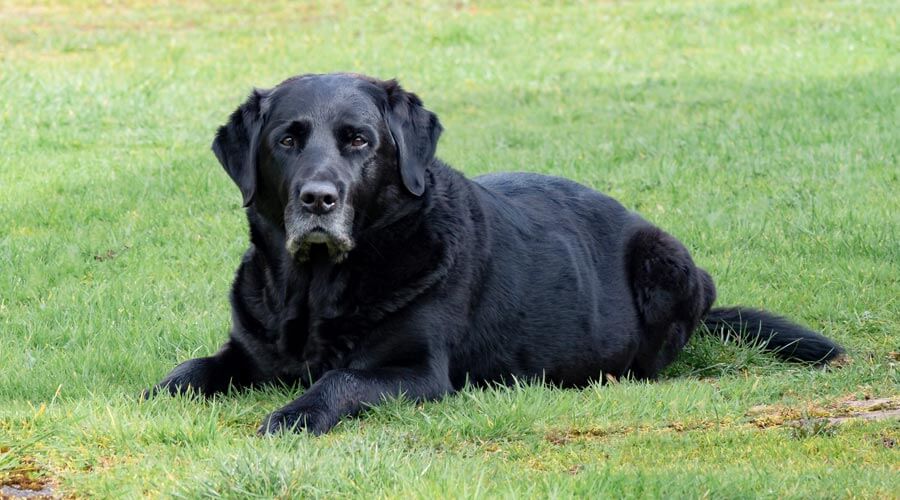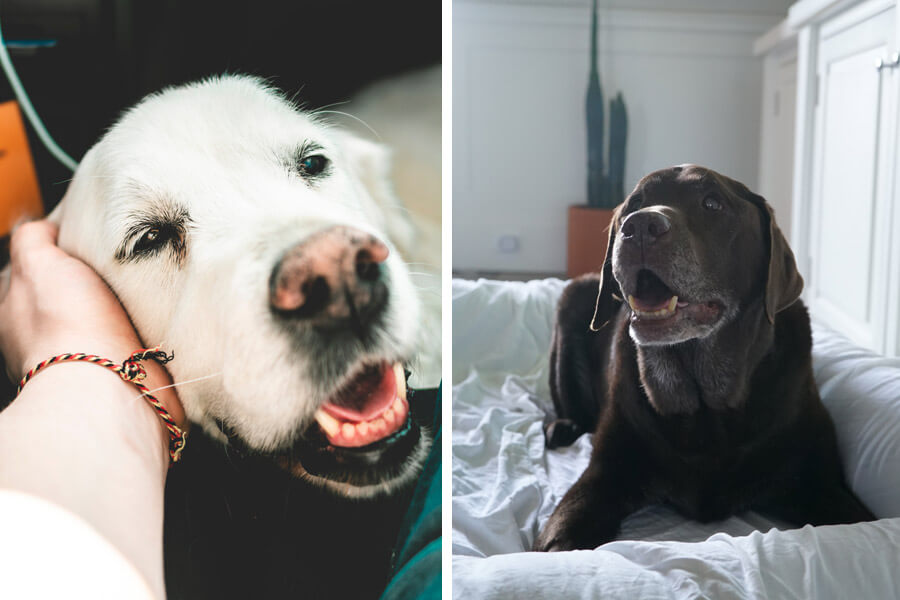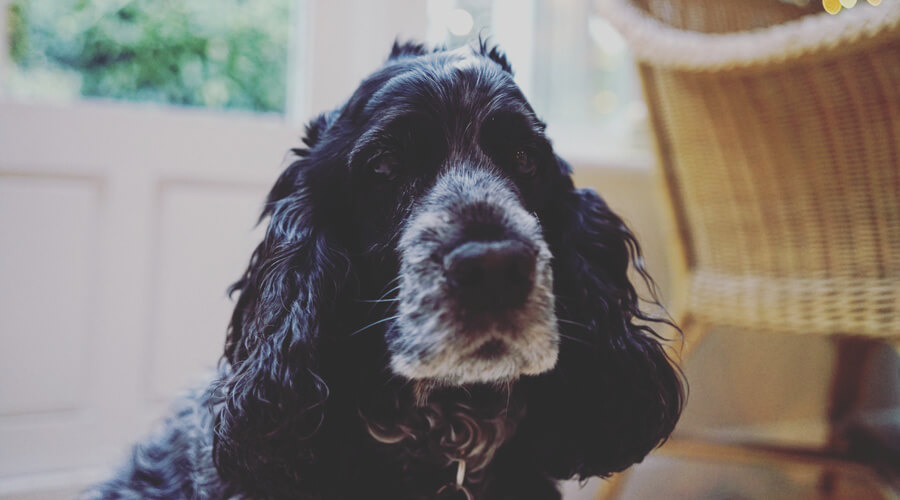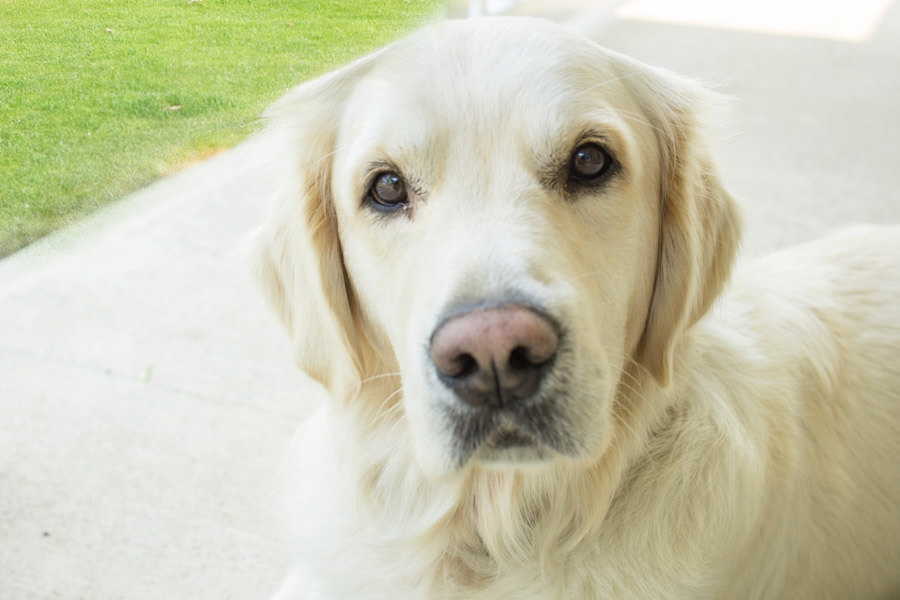Senior pets have different needs compared to their younger counterparts. Older animals may require greater attention. They may need a different diet, increased empathy and even to be segregated from other animals.
Pet professionals should be aware of the needs of senior pets and may be required to change their usual practices to suit. Pet professionals are also well placed to advise pet owners on the changing needs of senior pets to help ensure the ageing animal receives the best care possible.
According to the American Veterinary Medical Association, cats and small dogs are generally considered ‘senior pets’ when they reach the age of seven. Because larger breeds of dogs tend to have shorter life spans, they are considered senior when they reach approximately six years of age.
While there are many health problems that can affect senior pets (such as cancer, heart disease, diabetes, senility and joint or bone disease), pet professionals also need to be aware of environmental factors.

Senior pets and environmental considerations
When pets become old their behaviour can change. And as such, you may need to alter the way in which you approach and deal with elderly pets, as well as make changes to the way your business operates.
Common changes in behaviour include:
- Short-tempered or irritable
- Easily disturbed by loud noises
- Increased anxiety or nervousness
- Greater likelihood of ‘accidents’, for example soiling or urinating indoors
- Less responsive to commands
- Unusually aggressive
Because of these changes in behaviour it may be necessary to take different actions when dealing with senior pets. For example, if you run a doggy daycare you may want to give senior pets a space on their own, away from pesky pups!
Similarly, if you operate a dog walking business where you walk multiple dogs, you may need to keep senior dogs on the leash (if they tend to get aggressive). You may have to stop walking certain dogs together.
Also, it may be appropriate to find a quieter area to walk senior dogs. If the dog has age-related hearing issues it may now need to be kept on the lead at all times, or particularly when walking near busy roads.
When exercising older dogs you’ll also need to be mindful of the amount and duration of physical activity. For example, senior pets may benefit from more frequent walks but of a shorter duration.
Veterinary clinics might set up a separate waiting area for clients with older animals that is perhaps quieter and more secure than an open waiting room. Senior pets may even have their own access point with a ramp, rather than steps.

Caring for senior pets
To care appropriately for ageing pets it’s important to consider your services and assess whether changes are necessary. This is something that the pet owner might not request. So it’s up to you to advise on the best course of action for managing senior pets.
Dog groomers might suggest older dogs with thick, long hair are groomed more frequently to assist with the animals’ comfort. Short-coated senior pets could perhaps get away with less frequent grooming.
Alternatively, a senior pet might become agitated more quickly. As such, the grooming session may need to be broken down into two or three shorter sessions.
When it comes to vets and caring for senior pets, it may be necessary to recommend twice-yearly check-ups for ageing animals. This will help detect any potential health issues early.
Because many older animals can develop hip dysplasia or arthritis, pet professional must be mindful when picking up or handling senior pets. Don’t allow an older dog to jump down from the grooming table or examination bench. Be careful when allowing the dog to jump into the boot of the car (you might have to pick it up).
All pet professionals, whether a pet sitter, dog groomer or dog walker, should be aware of the issues experienced by senior pets and how this may impact their job and the way in which the animal is cared for.
It’s also important to be on the look out for common physiological changes and health concerns experienced by older animals. This includes:
- Changes in hearing
- Reduced vision
- Dental disease
- Cognitive dysfunction
- Senility
- Tender muscles, which may indicate arthritis

Helping pet owners care for senior pets
Pet professionals can also advise pet owners on a few changes they may want to consider to assist their senior pet and help make things a little easier or more comfortable around the home. You might suggest the following:
- Providing animals with two smaller meals, rather than one big meal, to assist with digestion and energy levels.
- Avoid moving or re-arranging furniture if the pet’s eyesight is deteriorating.
- Use only simply commands, such as “come” and “stop”, if the animal’s hearing is affected by age.
- Making changes to sleeping arrangements. For example, a senior dog may no longer want to sleep outdoors, or they may prefer to sleep outside. Their bed may require moving to a different location in the home to avoid stairs or, if the dog has arthritis, an orthopedic bed might be helpful.
- Senior pets with arthritis or joint issues may benefit from having their water and food bowls placed on a raised platform.
It’s essential to be mindful of the changes experienced by ageing pets. By working together with allied pet professionals and pet owners, we can help give senior pets the best quality of life.
Latest posts by Liz Walden (see all)
- Pet health: Medicinal cannabis for pets - December 27, 2021
- What pet business insurance do I need? - November 17, 2021
- Pet sitters: how to take time off - November 15, 2021










Leave A Comment